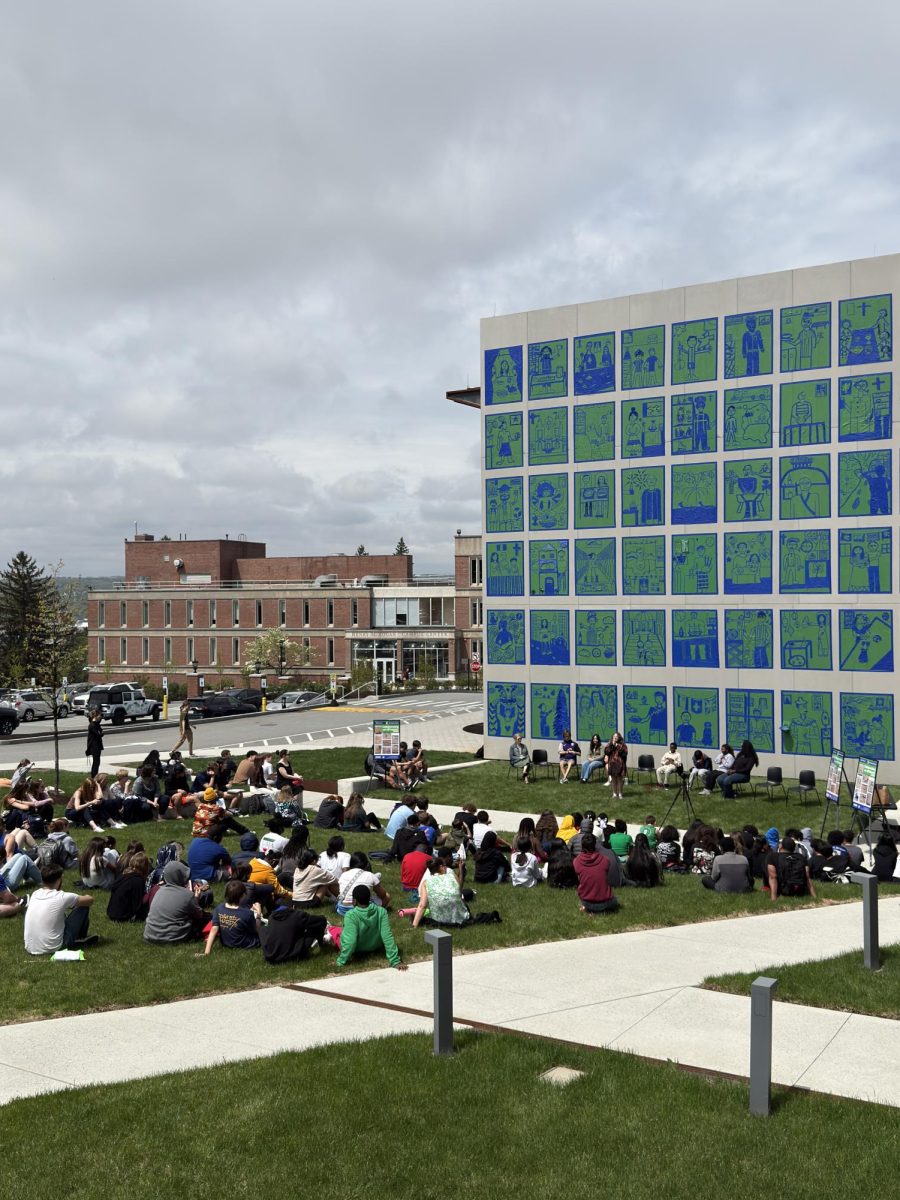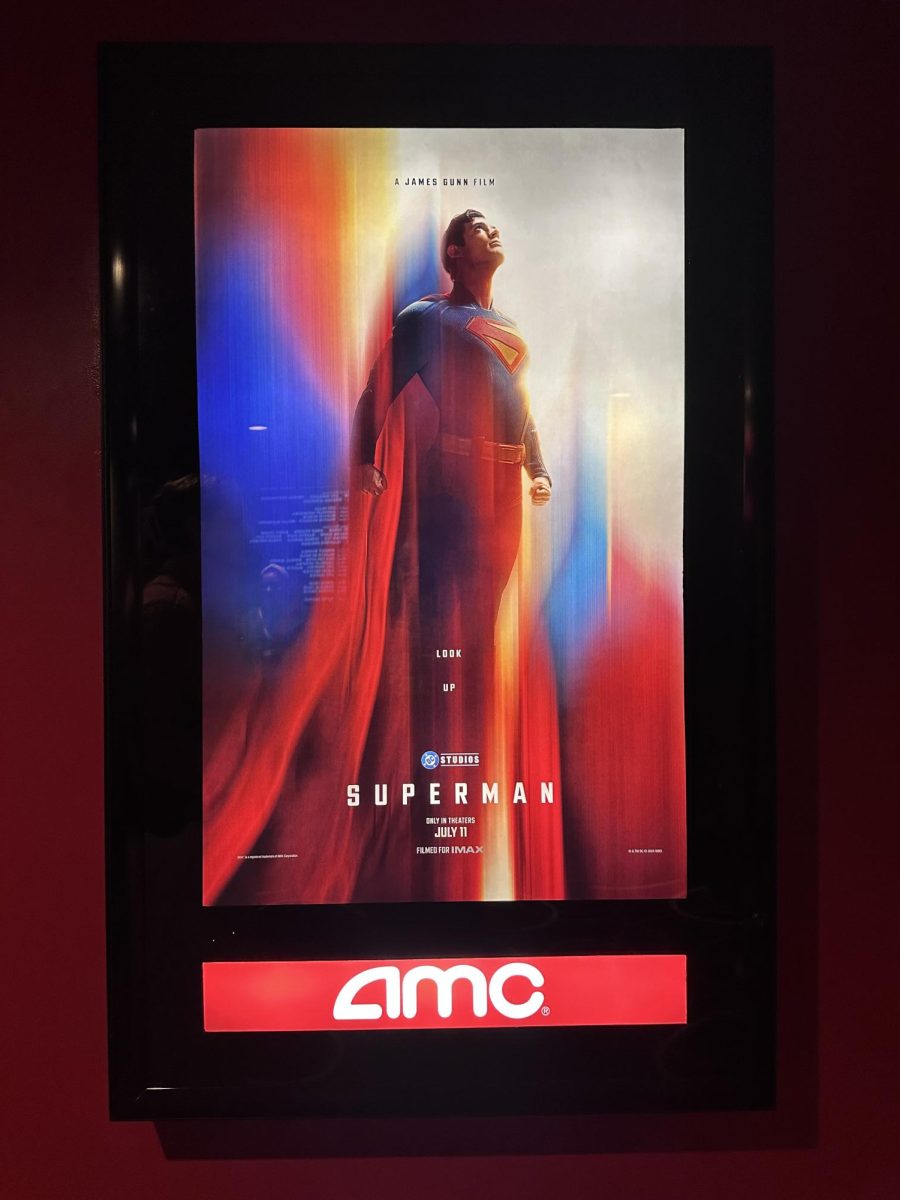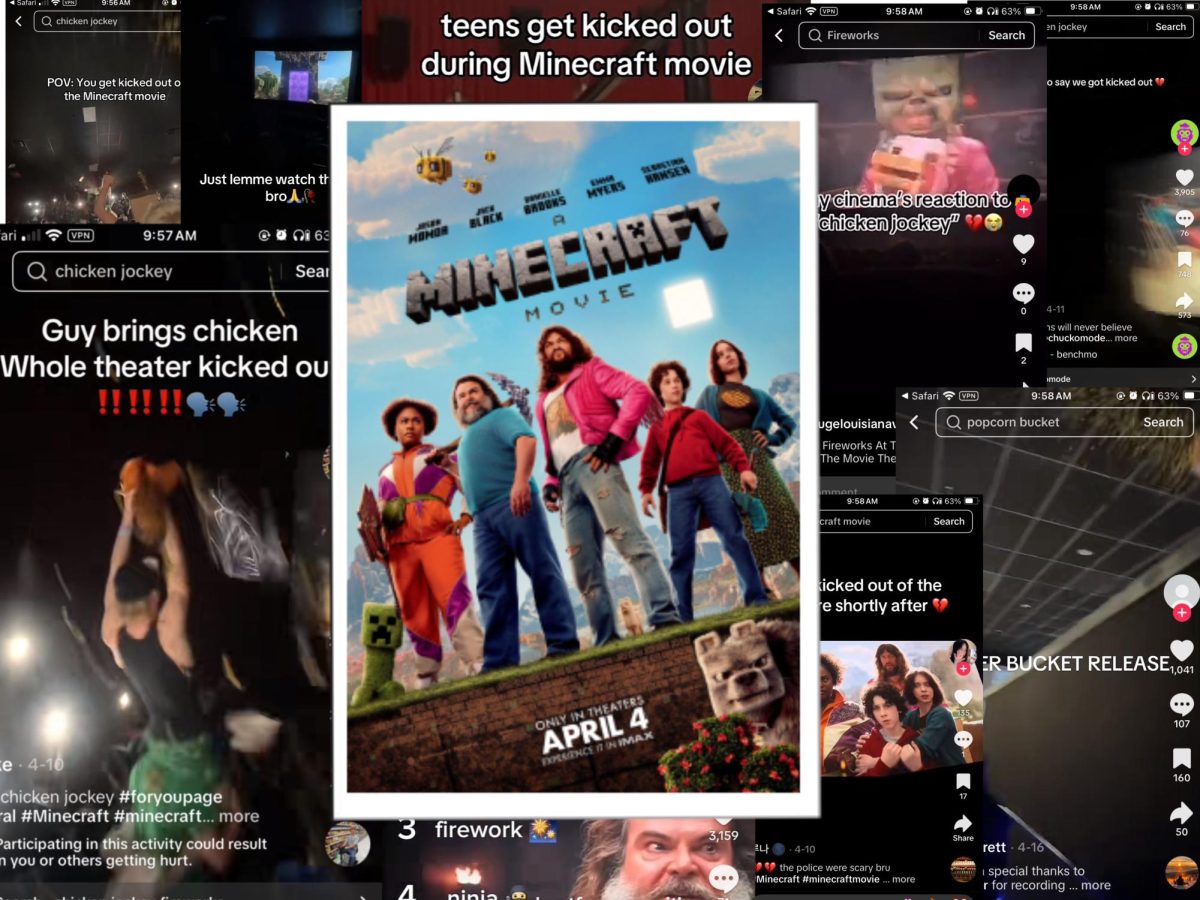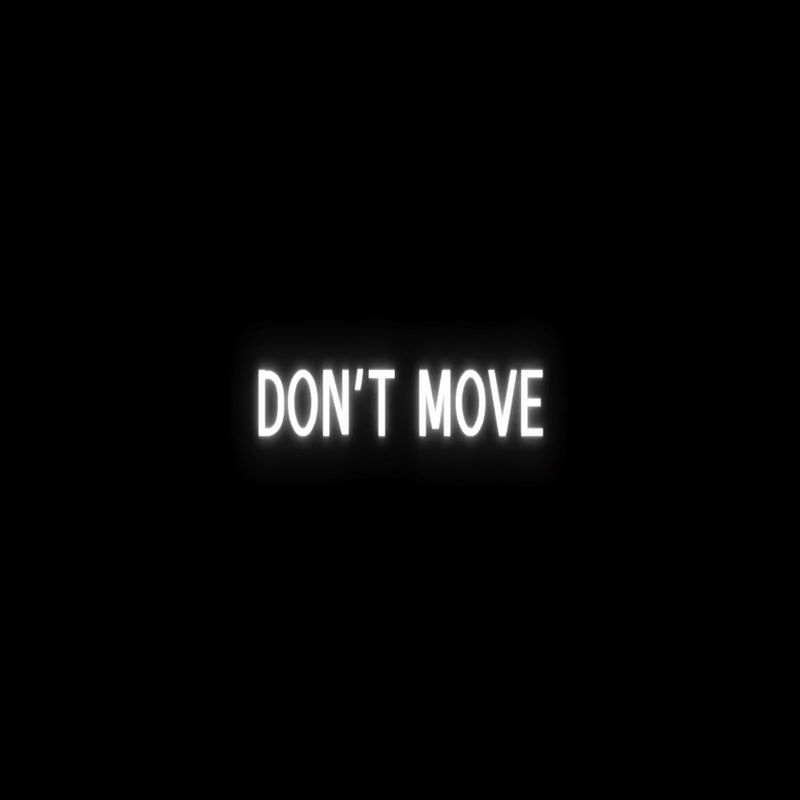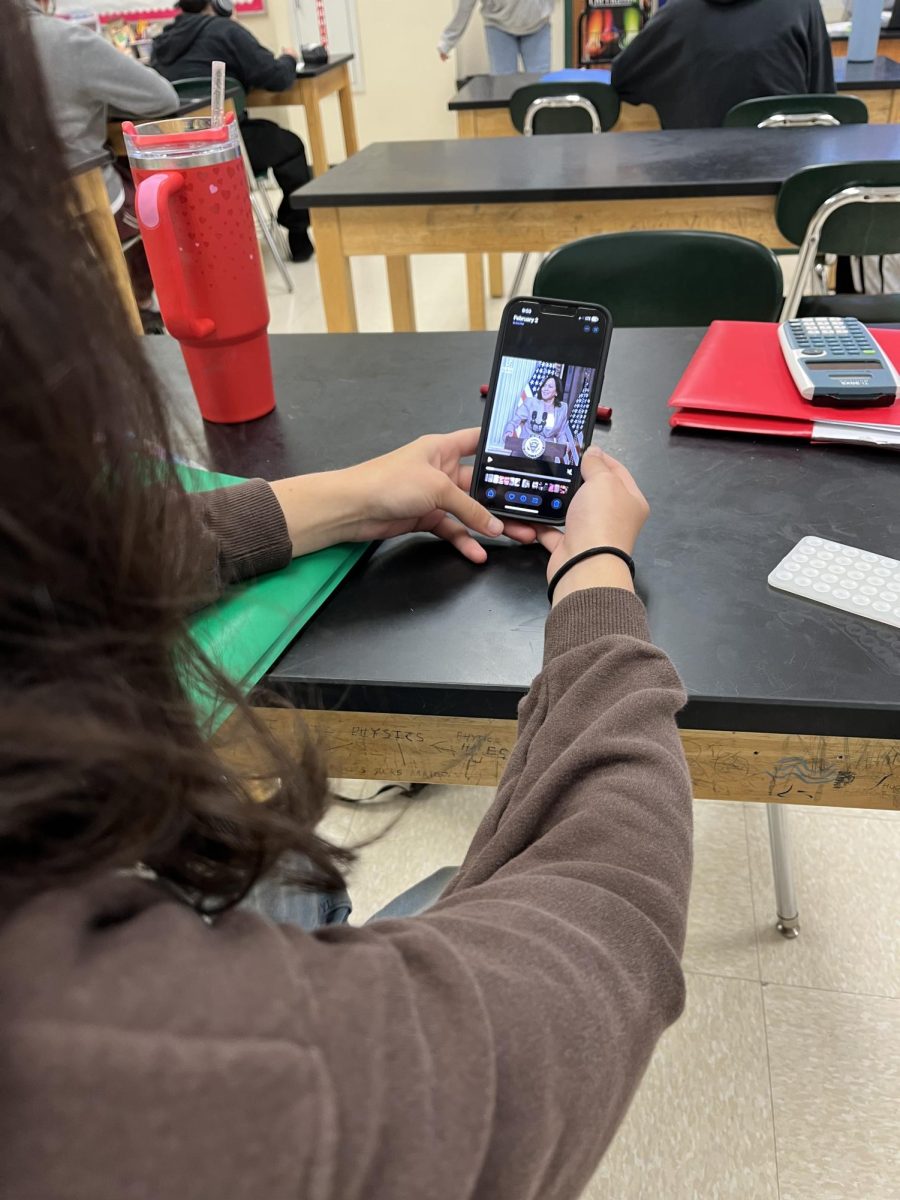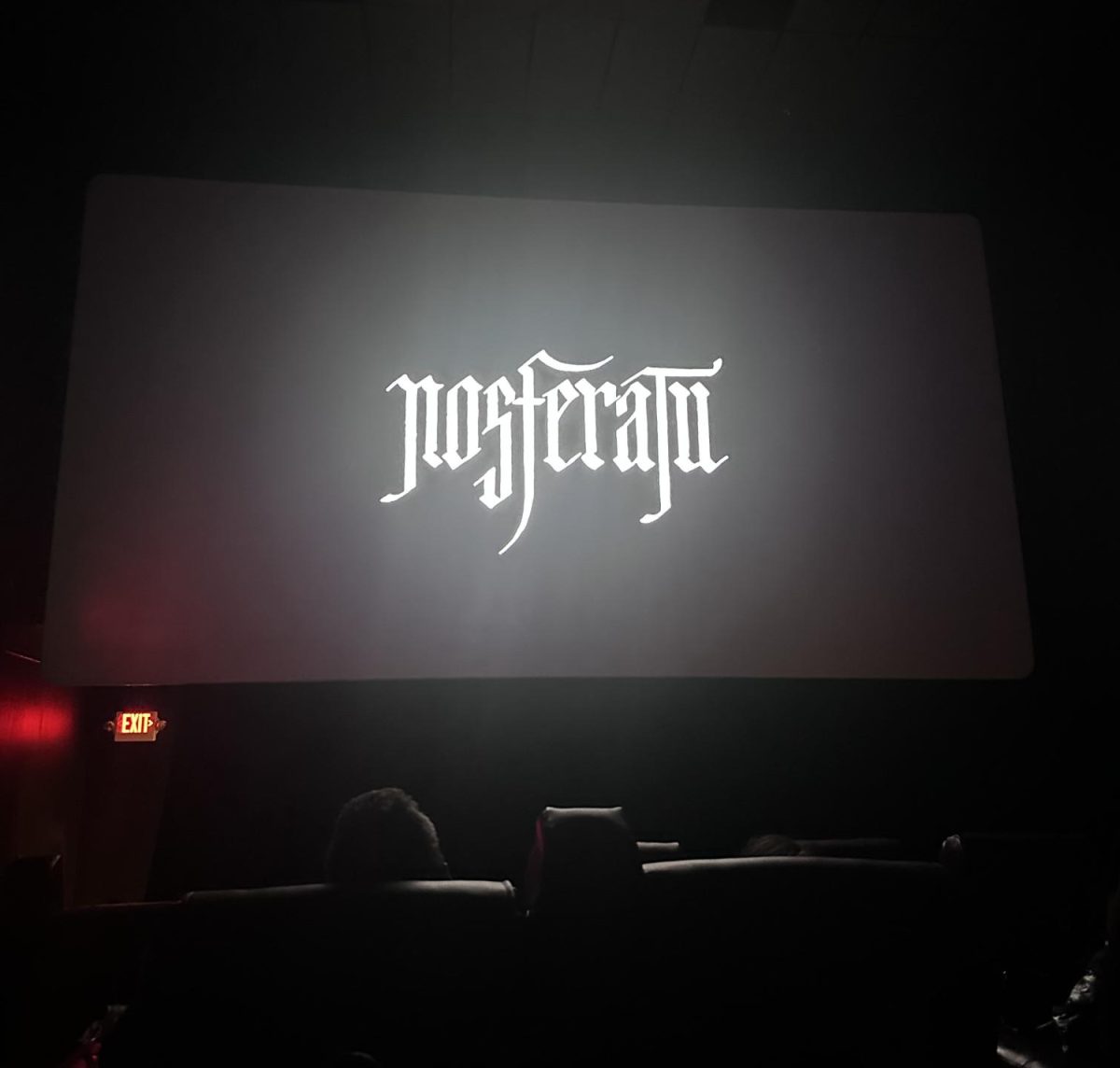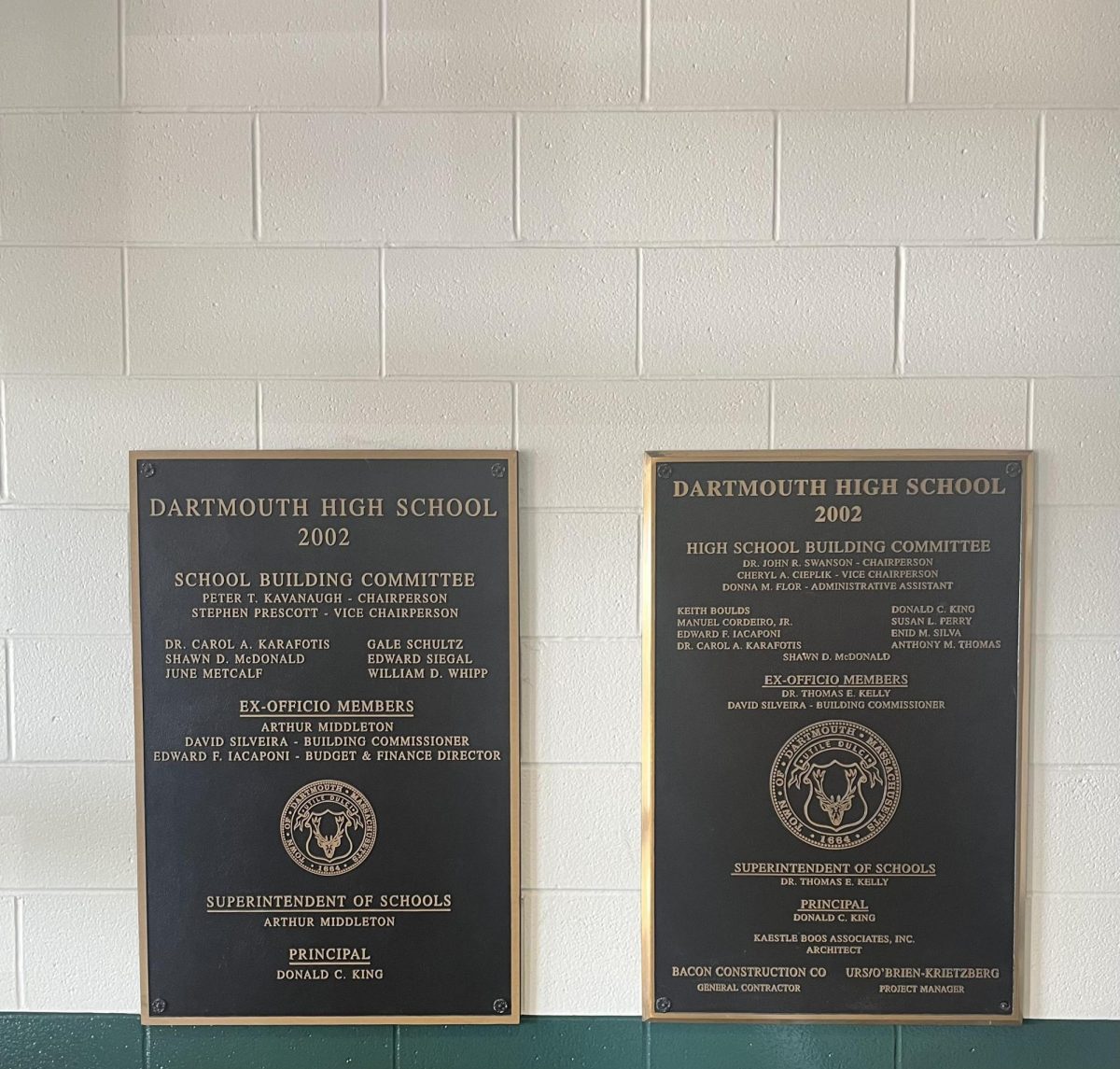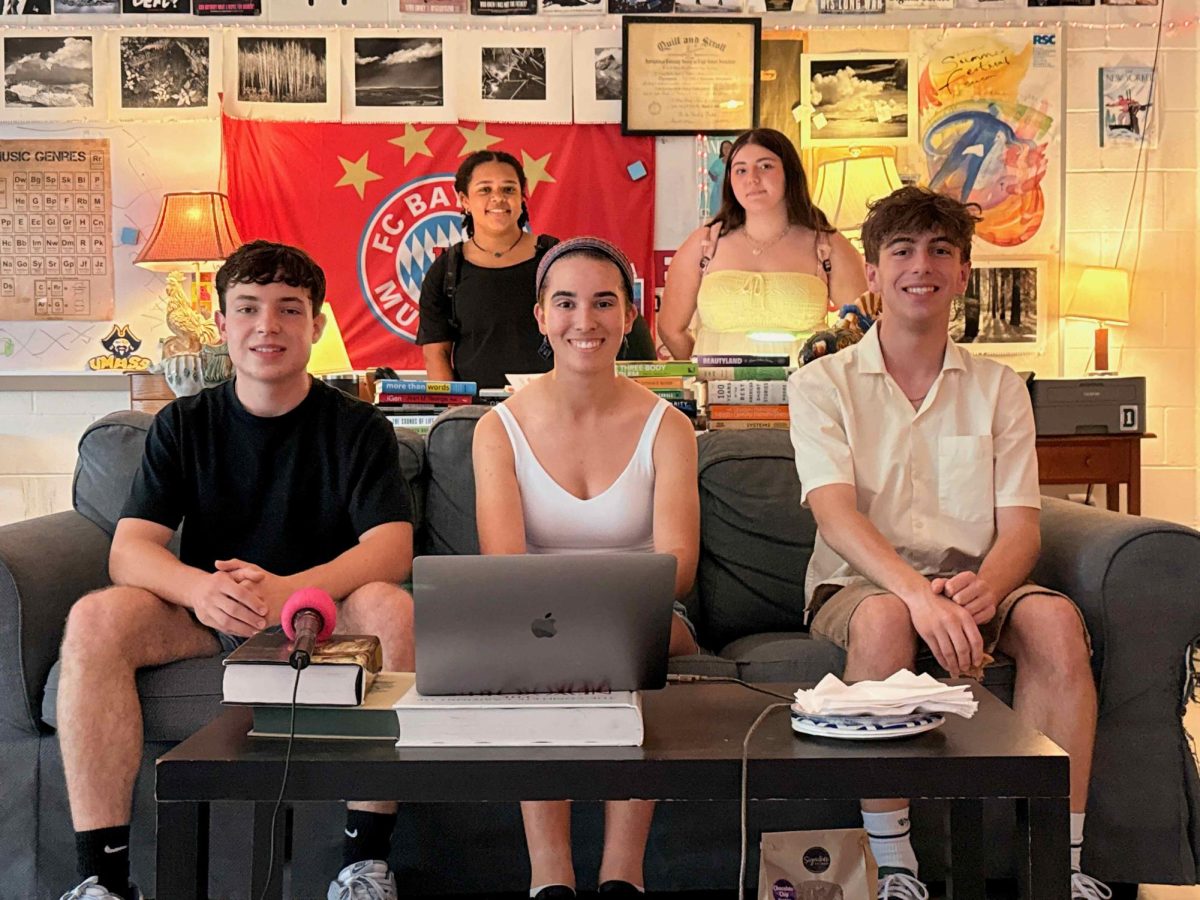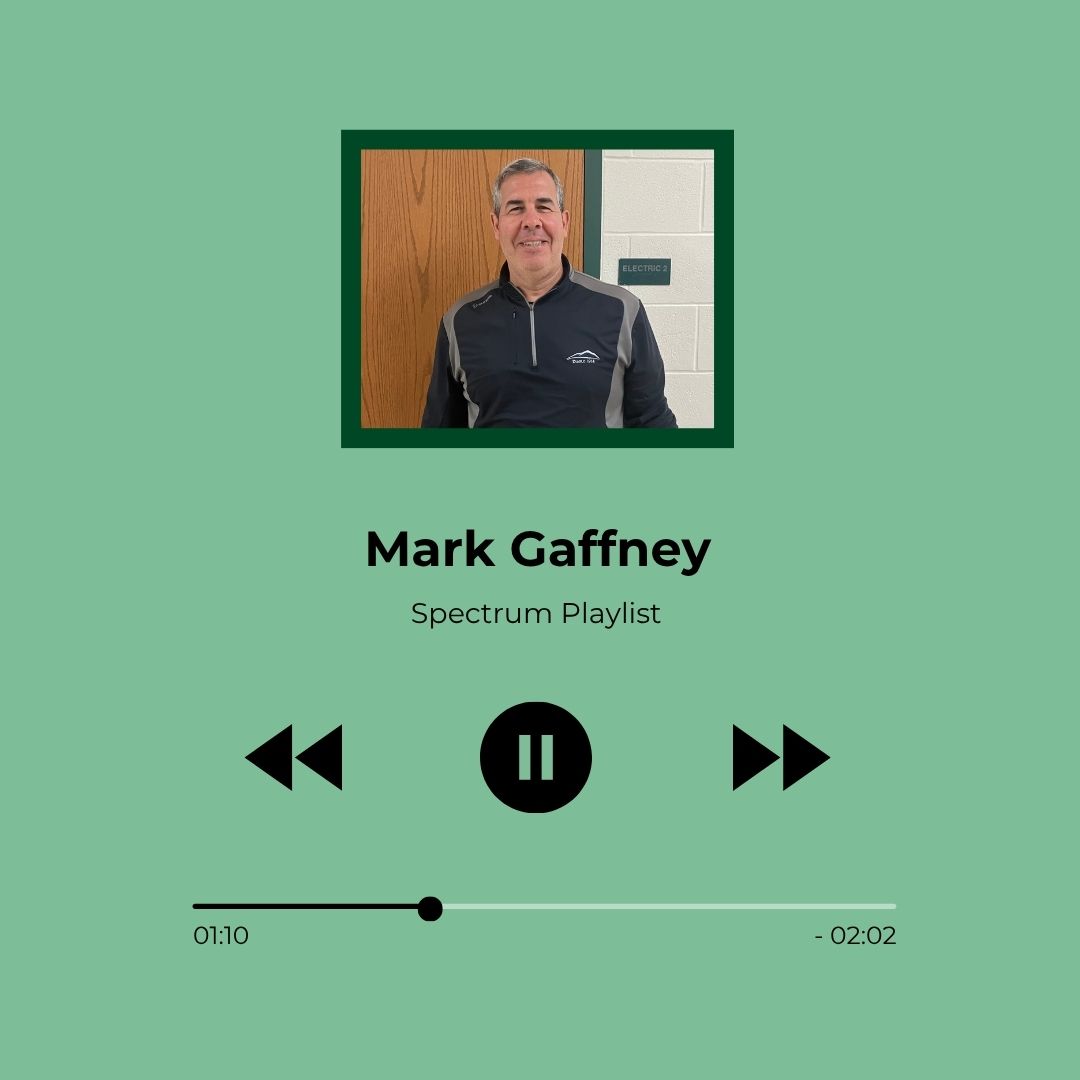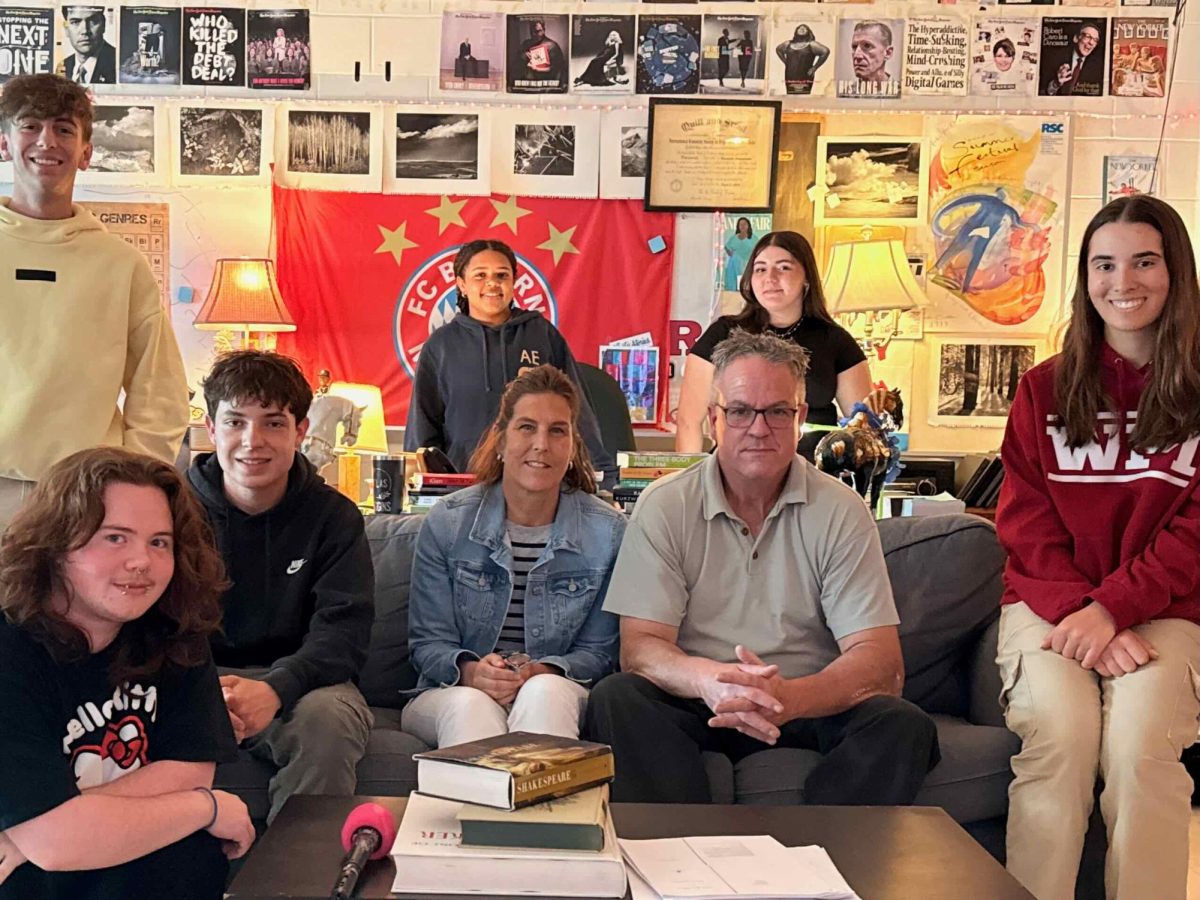With autumn comes foliage, pumpkins, and concert films. Two weeks before the release of Taylor Swift’s Eras Tour movie this October, A24 re-released Talking Heads’ Stop Making Sense in restored 4k. Director Jonathan Demme shot the concert at the Hollywood Pantages Theater in December 1983; next year will be the 40th anniversary of the film’s release. Along with the critically acclaimed live album of the same name, Stop Making Sense is widely regarded as the greatest concert film of all time.
Sense is unique from the get-go: clad in a prim grey suit, lead singer David Byrne walks onstage alone with an acoustic guitar and a boombox to perform “Psycho Killer.” A new band member enters after each song until the core band of Byrne, bassist Tina Weymouth, drummer Chris Frantz, and keyboardist Jerry Harrison join together for “Found a Job.” The band extends to back-up vocalists Lynn Mabry and Ednah Holt, percussionist Steve Scales, guitarist Alex Weir, and keyboardist Bernie Worell. In between and during songs, crew members ease out sets, replace guitars, and mill around backstage. (Byrne even holds out the microphone to a gaffer slinking across the stage so he can sing a line in “Girlfriend is Better.”) The process of creating the show is not hidden under glossy cinematic wraps.
In an interview with himself promoting Sense, Byrne explained, “If the curtain opened and everything was there, there’d be nowhere to go. [Having the musicians come out one at a time] tells the story of the band and it gets more dramatic and physical as it builds up.”
Often, watching a concert film feels exactly how it sounds: watching a concert on tape, observing an event after the fact. Demme’s direction dismantles that disconnect; the viewer feels like they’re practically onstage with the band at a gig in a tiny club, an immersion further developed by the environment of a movie theater. “We didn’t want the clichés. We didn’t want close-ups of people’s fingers while they’re doing a guitar solo,” Frantz told Rolling Stone in 2014. “We wanted the camera to linger, so you could get to know the musicians a little bit.”
Demme’s shot choice is both beautiful and intimate. All we see for the first four and a half minutes of “Once in a Lifetime” is Byrne singing, hypnotizing the viewer with his jittery, televangelist-inspired dance moves. It abruptly cuts to a breathtaking shot of Harrison, Worrell, Mabry, and Holt in a dark cloud of Prussian blue fog, the back-up singers rising like robots from a scientist’s workbench as they power up for the first time. Demme often opts for a head-on view of the entire stage, most notably in “Life During Wartime,” where we can see the performers’ interactions as one unified act. When he brings the viewer right onstage, the musicians don’t cold-shoulder the camera. Scales sticks his tongue out at the lens, while one of Sense’s most iconic shots features Byrne shoving his microphone towards us.
Demme’s focus on individual expressions offers a window into the musicians’ personalities, as Frantz mentioned. We see Mabry and Holt’s playful synchrony, Weymouth’s sly smirks, and Scales’ exuberance as he hypes up the crowd and encourages the bashful Harrison to “get down.” Demme excels at capturing the unbridled joy that flows throughout the entire film. Each musician looks like they’re having a blast, and it’s fun to watch people having fun.
Of course, you can’t mention the performers in Stop Making Sense without highlighting David Byrne. He embodies discomfort. There isn’t a single part in the concert where he isn’t twitching and wobbling as he yelps in his unorthodox voice. He’s drenched in sweat the entire film. His gangling dance moves – and the intensity with which he executes them – are mesmerizing, accentuated by the restricting cut of his suit. Byrne has always gravitated towards suits, as demonstrated in his Broadway show American Utopia, but in Stop Making Sense suits symbolize fitting into society. He exchanges the tighter blazer and dress pants for the famous “big suit” in “Girlfriend is Better,” drowning in the absurdly large box of fabric. Both suits are grey; all the musicians are outfitted in inconspicuous neutral colors. Byrne is desperate to fit into the culture he sings about, but he doesn’t understand it. “Lost my shape / Trying to act casual,” he belts in the final song, “Crosseyed and Painless.” “Can’t stop / Or I might end up in the hospital / Losing my shape / I feel like an accident.”
What he can’t understand, he fears. Byrne’s lyrics are riddled with paranoia, especially involving humanity versus technology, a theme that’s captivated him his entire career. While Byrne can’t find a way into societal culture, technology made this culture ubiquitous and homogenous, as discussed in “Making Flippy Floppy.” “Sandwich,” “facelift,” and “digital” are some of the random words with white picket fence connotations that project behind the musicians during the song. They’re prototypes to the truisms that overstimulated U2’s 1992 ZOOTV Tour, which explored the relationship between humans and technology in the age of distraction.
In “Once in a Lifetime,” Byrne is frantic about growing old in domesticity; religious folk in “Slippery People,” the possibility of a dystopian future in “Life During Wartime,” and nuclear armageddon in “Swamp.” Small ideas frighten him as well. In “Cities,” a song cut from the film, Byrne ruminates about selecting a city to live in. This fretting is perfect for our anxiety-saturated age, where technology amplifies fear.
Ironically, Talking Heads’ sound doesn’t reflect this mood. Weymouth’s robust basslines drive a zany groove that sounds incredible through cinema speakers, coaxing the theater audience into dancing, or at least bopping in their seats. Every song in Sense is sonically superior to its studio album counterpart. The music pulls the audience’s mind away from the lyrics’ neurotic undertones.
The moment that encapsulates Sense happens in “This Must Be The Place.” The airy tune is one of Talking Heads’ few love songs, and in typical Heads style, Byrne sings it to a floor lamp. During the bridge, he grins like an idiot while dancing with the lamp – running back and forth as it teeters and totters, catching it in his arms, planting a gentle kiss on its post. Some interpretations see the dance as emblematic of western infatuation with materialism – and the risk that infatuation poses to deeper human connection. Cynics believe the song’s parenthetical, “Naive Melody,” hints at a dark ending for the head-over-heels narrator: he’s innocent and stupid for believing in love and this relationship will not survive.
When Byrne lets go of the lamp and it stands up on its own, the wholesome wonder on his face is infectious – and completely genuine. It epitomizes what has kept Stop Making Sense relevant, fresh, and unique: it’s a film of humanity and pure bliss.
Stop Making Sense is currently playing in theaters.

